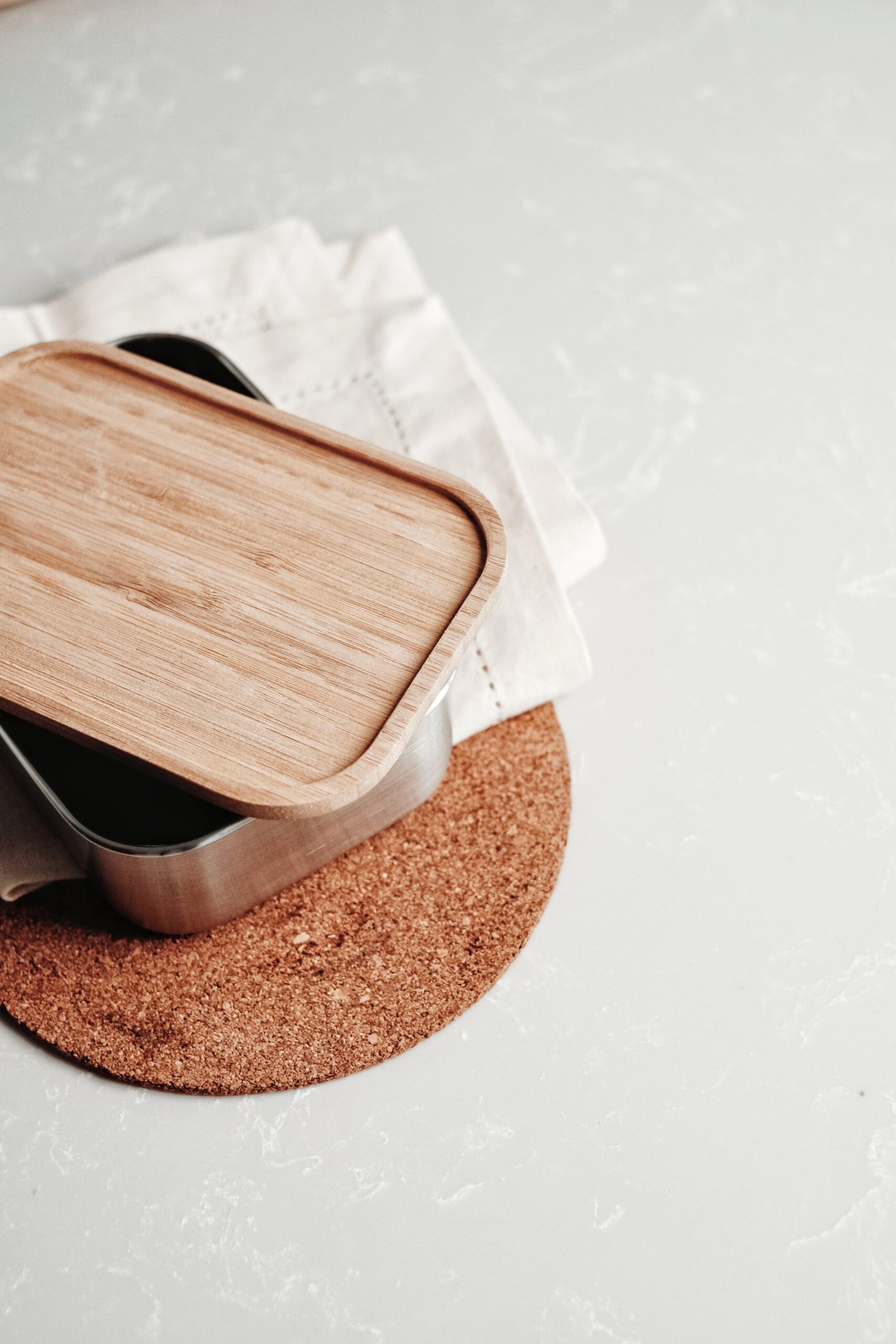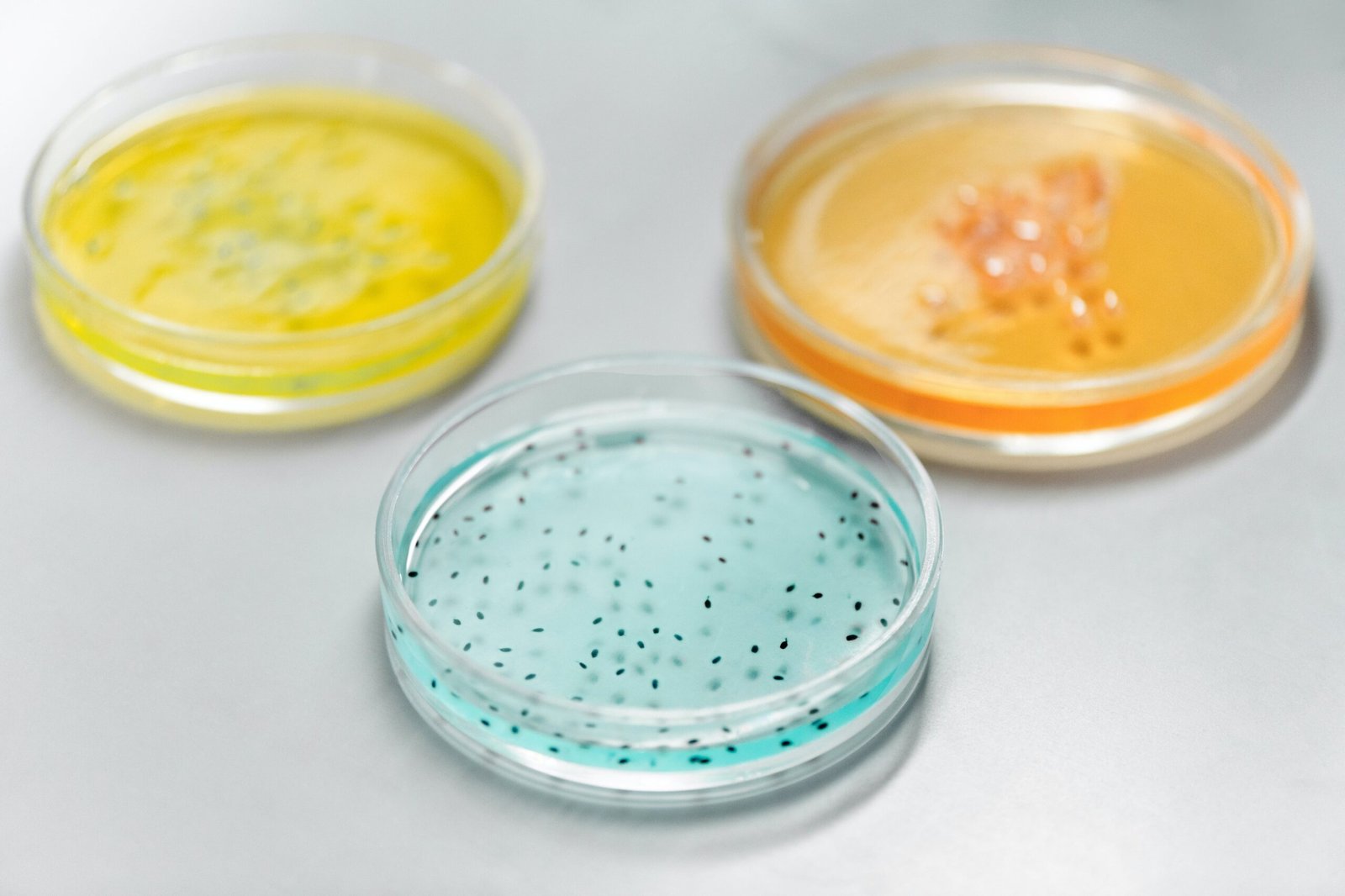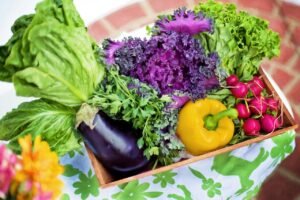
Imagine having your own lush, vibrant garden right on your porch or balcony. With a container garden, you can bring the beauty of nature into even the smallest spaces. However, creating a successful container garden requires more than just filling pots with soil and sticking in a few plants. That’s why we’re here to share some essential tips that will help you cultivate a thriving container garden, ensuring that your plants flourish and bring joy to your space. From choosing the right container to selecting the perfect soil, we’ve got you covered every step of the way. Get ready to transform your space into a green oasis!

Choosing the Right Container
When it comes to container gardening, choosing the right container is crucial for the success of your plants. There are a few factors to consider when selecting a container, starting with the material. You have a variety of options to choose from, such as plastic, clay, or wood. Each material has its own advantages and disadvantages, so it’s important to consider factors like durability, insulation properties, and aesthetics.
Another important factor to consider is drainage. While some containers may already come with drainage holes, others may not. Before purchasing a container, it’s essential to check for drainage holes or ensure that you can easily drill some. Proper drainage is crucial to prevent waterlogged roots, which can lead to root rot and the eventual demise of your plants.
Lastly, consider the size of the container. The container size should be appropriate for the plants you plan to grow. If you’re planting vegetables or herbs, you’ll need a larger container to accommodate their root systems. On the other hand, smaller plants like succulents may require less space. Be sure to do a little research on the recommended container size for your specific plants before making a decision.
Selecting the Ideal Location
Once you’ve chosen the right container, it’s time to think about where to place it. The location of your container garden can greatly impact the growth and health of your plants. When selecting a location, consider the sunlight requirements of your plants. Some plants thrive in full sun, while others prefer partial shade. Find a spot that provides the appropriate amount of sunlight for the plants you’re growing.
In addition to sunlight, evaluate wind exposure. Strong winds can damage delicate plants and dry out the soil more quickly. Consider placing your container garden in a sheltered area where it will be protected from strong winds.
Lastly, think about convenience. You’ll want to choose a location that is easily accessible for watering, monitoring, and harvesting your plants. Select a spot that is close to a water source and easily visible from your home so you can keep a close eye on your container garden.

Picking the Perfect Plants
Now that you have your container and location sorted, it’s time to choose the perfect plants for your container garden. Research is key when it comes to plant compatibility. Consider the light requirements, growth habits, and temperature tolerance of different plants. Some plants complement each other well, while others may compete for resources or have different growth rates that could lead to crowding issues.
Container depth is also an important factor to consider when selecting plants. Some plants have deeper root systems, requiring deeper containers to allow for proper growth and development. On the other hand, shallow-rooted plants can thrive in shallower containers. Be sure to research the specific depth requirements for the plants you choose, and select containers accordingly.
Additionally, choose plants with similar water needs. Mixing plants with different water requirements in the same container can be challenging to manage and may lead to over or under-watering. By selecting plants with similar water needs, you can ensure that they will receive the appropriate amount of water, leading to healthier and more vigorous growth.
Preparing the Container
Before planting your chosen plants, it’s important to properly prepare the container. Start by cleaning the container, especially if it has been previously used. Use warm soapy water and a brush to remove any dirt, debris, or pathogens that may be present. This will help prevent any potential disease or pest issues.
Next, ensure that the container has adequate drainage. Place a layer of drainage materials, such as small rocks or broken pottery shards, at the bottom of the container. This will create space for excess water to drain out, preventing waterlogging of the roots.
After adding the drainage materials, fill the container with appropriate soil. Use a high-quality potting mix specifically designed for container gardening. This type of soil is lightweight, well-draining, and rich in nutrients, providing an ideal growing environment for your plants. Fill the container to the appropriate level, leaving enough space for the plants’ root systems.

Providing Adequate Drainage
Proper drainage is essential for the health and vitality of your container garden. Even with drainage materials in place, it’s important to use a quality potting mix that promotes good drainage. Avoid heavy, compacted soils that can suffocate the roots and lead to waterlogging.
To further improve drainage, consider adding perlite or vermiculite to the potting mix. These materials help create air pockets in the soil, promoting better oxygen flow to the roots and preventing water from accumulating. Mix them thoroughly with the potting mix before filling the container.
When filling the container, be careful not to overly compact the soil. Gently press it down to remove any air pockets, but avoid pressing too hard, as this can hinder drainage and root growth. The goal is to have loose, well-draining soil that allows water to flow freely through the container.
Watering Techniques
Watering container plants can be a bit tricky, as they are more susceptible to drying out or becoming waterlogged compared to plants in the ground. Determining the watering needs of your plants is important and can vary based on factors such as plant species, container size, and environmental conditions.
To water your container garden effectively, ensure that you water deeply and thoroughly. This means watering until you see water draining out of the bottom drainage holes. This way, you can ensure that the water reaches the deeper roots and promotes proper growth.
When it comes to the frequency of watering, it’s essential to avoid overwatering. Before watering, check the soil moisture level by inserting your finger up to the first knuckle into the soil. If it feels dry, it’s time to water. If it still feels moist, hold off on watering for a day or two. Consistency is key, so aim to water your plants on a regular schedule to establish a healthy routine.
Implementing Fertilization
While container plants can receive some nutrients from the potting mix, they often require additional fertilization to thrive. Choosing the right fertilizer is important to provide the necessary nutrients for healthy growth. Look for a balanced fertilizer with equal ratios of nitrogen, phosphorus, and potassium, as well as secondary nutrients and trace elements.
When applying fertilizer, timing is crucial. Start by applying a slow-release fertilizer when planting your container garden. This will provide a steady supply of nutrients over an extended period. As your plants grow and develop, you can supplement with liquid or water-soluble fertilizer every few weeks to ensure they continue to receive the necessary nutrients.
It’s important to avoid excessive fertilization, as this can lead to nutrient burn or an imbalance in the soil. Follow the instructions on the fertilizer packaging and monitor the health and growth of your plants. If you notice signs of nutrient deficiencies or excesses, adjust your fertilization routine accordingly.
Dealing with Pests and Diseases
Pests and diseases can pose a threat to your container garden, but there are steps you can take to prevent and manage these issues. Regularly inspect your plants for any signs of pest damage or disease symptoms. Look for chewed leaves, discolored foliage, or unusual growth patterns. By catching these problems early, you can take swift action to prevent further damage.
Identifying common pests is essential in developing an effective pest control strategy. Aphids, spider mites, and whiteflies are common pests that can infest container plants. If you notice any of these pests, try using organic pest control methods such as insecticidal soaps, neem oil, or introducing beneficial insects like ladybugs or lacewings that prey on pests.
When it comes to diseases, prevention is key. Ensure proper spacing between plants to allow for good airflow, as crowded conditions can promote the spread of diseases. Avoid overhead watering, as this can create a moist environment that fosters fungal diseases. If you notice any signs of disease, remove and dispose of affected plant parts, and consider using organic fungicides if necessary.
Pruning and Maintenance
Regular pruning and maintenance are essential for the health and aesthetics of your container garden. Remove any dead or damaged foliage as soon as you notice it. Dead foliage can attract pests and spread diseases, so keeping your plants neat and tidy will help prevent the spread of pests and diseases.
Trim back overgrown plants to maintain their shape and prevent them from becoming leggy or unruly. Pruning also encourages new growth and enhances the overall appearance of your container garden. Consider using clean, sharp pruning tools to make clean cuts and prevent the spread of diseases.
Lastly, regularly monitor the health of your plants. Check for any signs of stress, such as wilting or yellowing leaves, and take action accordingly. Adjust your watering, fertilization, or pest control routine as needed to ensure the optimal health and growth of your plants.
Monitoring and Adjusting
To maintain a successful container garden, it’s essential to regularly monitor and make necessary adjustments. Check the soil moisture levels regularly, especially during hot and dry periods, to ensure your plants are receiving adequate water. If the soil feels dry, increase the frequency of watering, and if it feels overly wet, adjust your watering routine to prevent waterlogged roots.
Assess the growth and appearance of your plants on a regular basis. Look for signs of nutrient deficiencies or excesses, such as discolored leaves or slow growth. Adjust your fertilization routine accordingly to provide your plants with the necessary nutrients for healthy growth.
In addition to monitoring individual plants, observe the overall progress and health of your container garden. If you notice overcrowding or plants that are not thriving together, consider rearranging or transplanting certain plants to create a more harmonious and productive container garden.
By following these essential tips for creating a successful container garden, you can enjoy the beauty and bounty of plants in any space, whether you have a small balcony or a spacious backyard. With careful consideration of the container, location, plants, and maintenance, you’ll be well on your way to a flourishing and vibrant container garden. Happy gardening!





